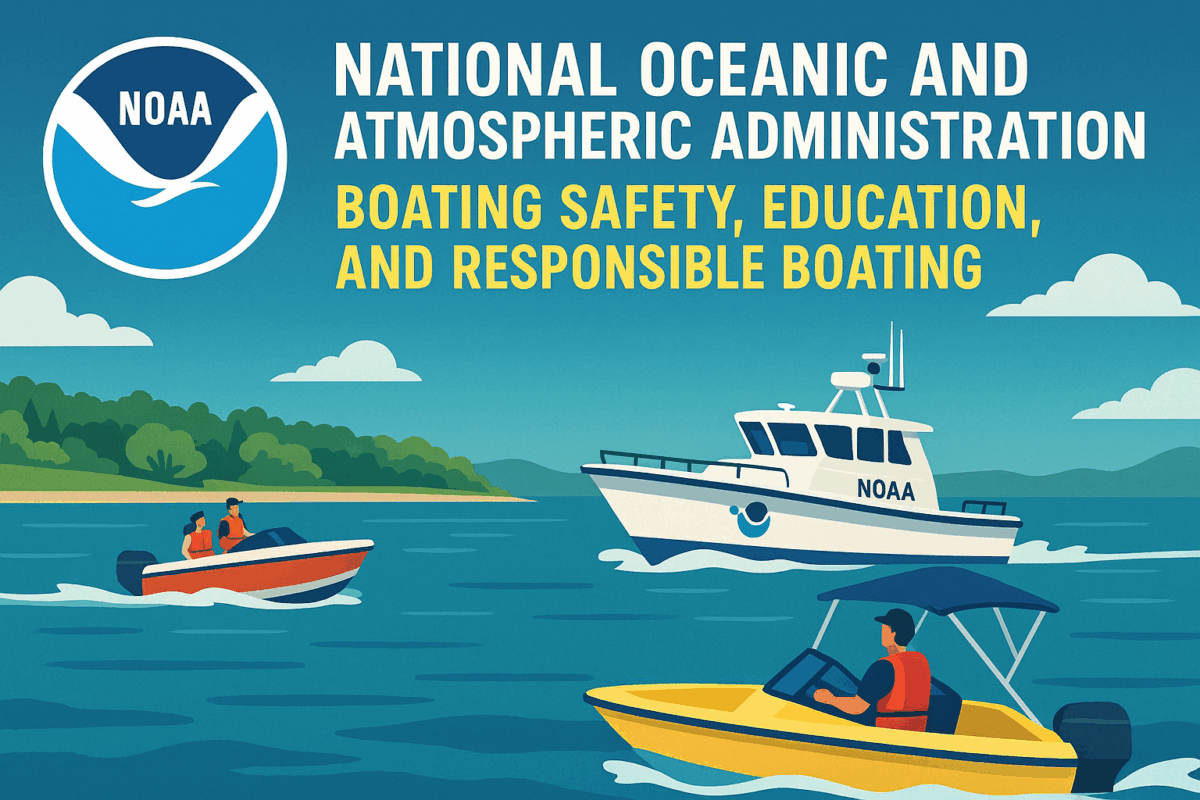Call: 1-800-832-7191

NOAA’s Coast Pilot
Navigate Smarter with NOAA’s Coast Pilot
Mariners need more than charts to navigate safely. NOAA’s Coast Pilot provides detailed information that complements traditional nautical charts and electronic systems.
This publication covers coastal navigation essentials, including regulations, hazards, and local conditions. It helps boaters understand what to expect beyond charted depths and symbols. With this guide, mariners gain insight into tides, currents, anchorages, and port facilities.
Understand Regional Navigation Details
Each volume of the pilot focuses on a specific region. Boaters find information tailored to local waterways, including bridge clearances and restricted zones. These details support safer route planning and better decision-making.
The guide also includes updates on navigation aids, shoreline changes, and construction projects. Staying informed helps mariners avoid surprises and comply with local rules. Reviewing the Coast Pilot before departure improves confidence and safety.
Use NOAA’s Coast Pilot Alongside Nautical Charts
Charts show depth and position, but they don’t explain everything. The Coast Pilot fills in those gaps with context and commentary. It describes landmarks, harbor approaches, and traffic patterns that charts alone cannot convey.
Boaters who combine charts with NOAA’s Coast Pilot gain a more complete understanding of their surroundings. This dual approach enhances situational awareness and reduces risk. Keeping both resources onboard ensures preparedness in unfamiliar waters.
Stay Updated and Compliant
NOAA updates the Coast Pilot regularly to reflect changing conditions and regulations. Mariners should download the latest version or access it online. Using outdated information can lead to violations or unsafe navigation. Furthermore, doing your due diligence before venturing out is always a fantastic idea. These resources are free so why not take full advantage.
The Coast Pilot supports compliance with federal and local laws. It also helps boaters understand environmental protections and reporting procedures. With this guide, mariners stay informed and responsible.
